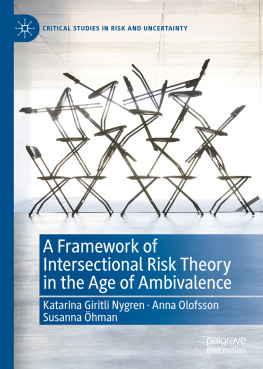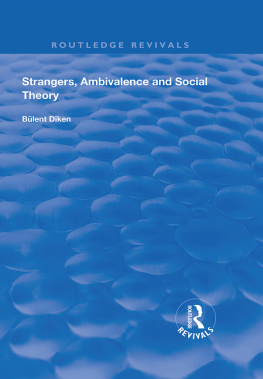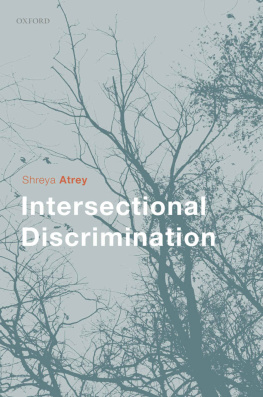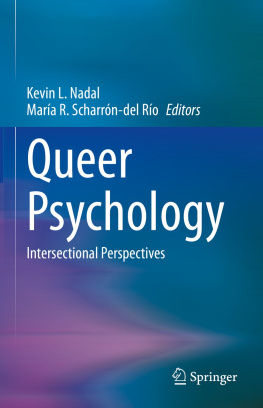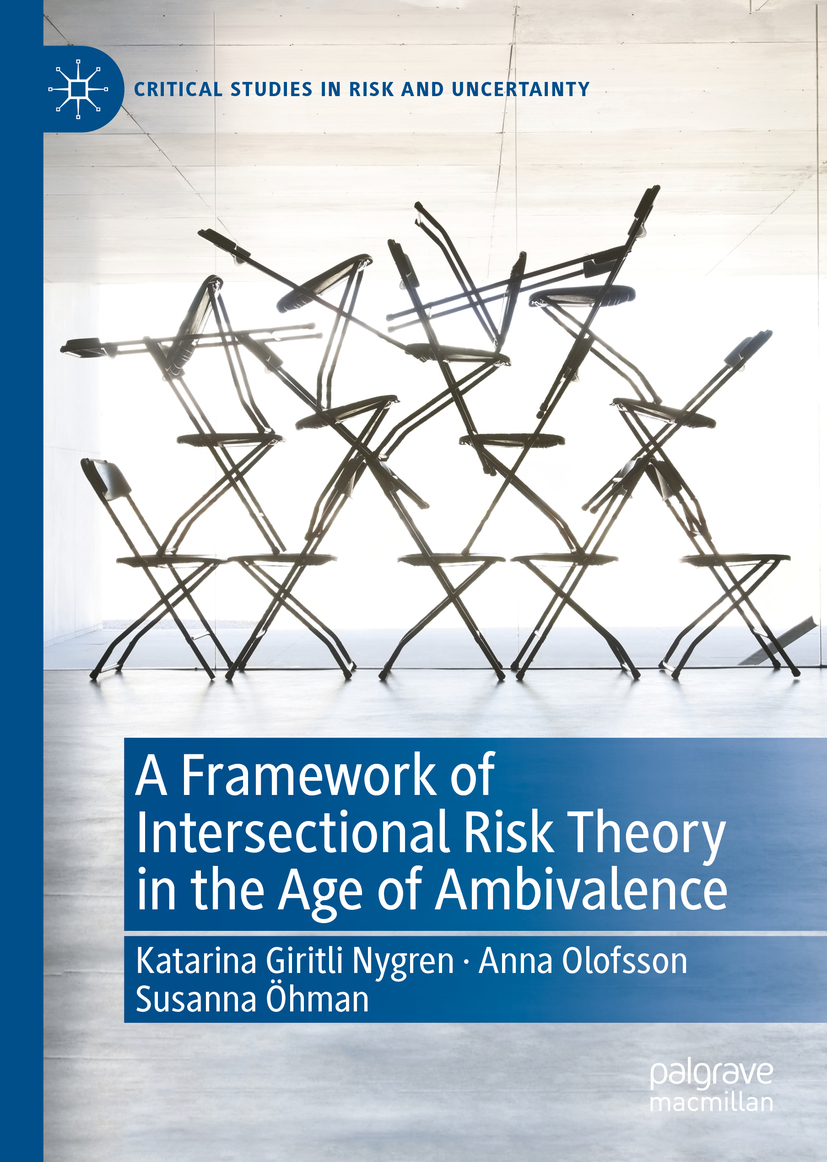Critical Studies in Risk and Uncertainty
Series Editors
Patrick Brown
University of Amsterdam, Amsterdam, The Netherlands
Anna Olofsson
Mid Sweden University, stersund, Sweden
Jens O. Zinn
University of Melbourne, Melbourne, VIC, Australia
Palgraves Critical Studies in Risk and Uncertainty series publishes monographs, edited volumes and Palgrave Pivots that capture and analyse how societies, organisations, groups and individuals experience and confront uncertain futures.
This series will provide a multidisciplinary home to consolidate this dynamic and growing academic field, bringing together and representing the state of the art on various topics within the broader domain of critical studies of risk and uncertainty. Moreover, the series is sensitive to the broader political, structural and socio-cultural conditions in which particular approaches to complexity and uncertainty become legitimated ahead of others.
It provides cutting edge theoretical and empirical, as well as established and emerging methodological contributions, and welcomes projects on risk, trust, hope, intuition, emotions and faith. Explorations into the institutionalisation of approaches to uncertainty within regulatory and other governmental regimes are also of interest.
More information about this series at http://www.palgrave.com/gp/series/15840
Katarina Giritli Nygren , Anna Olofsson and Susanna hman
A Framework of Intersectional Risk Theory in the Age of Ambivalence
Katarina Giritli Nygren
Mid Sweden University, Sundsvall and stersund, Sweden
Anna Olofsson
Mid Sweden University, Sundsvall and stersund, Sweden
Susanna hman
Mid Sweden University, Sundsvall and stersund, Sweden
ISSN 2523-7268 e-ISSN 2523-7276
Critical Studies in Risk and Uncertainty
ISBN 978-3-030-33523-6 e-ISBN 978-3-030-33524-3
https://doi.org/10.1007/978-3-030-33524-3
The Editor(s) (if applicable) and The Author(s) 2020
This work is subject to copyright. All rights are solely and exclusively licensed by the Publisher, whether the whole or part of the material is concerned, specifically the rights of translation, reprinting, reuse of illustrations, recitation, broadcasting, reproduction on microfilms or in any other physical way, and transmission or information storage and retrieval, electronic adaptation, computer software, or by similar or dissimilar methodology now known or hereafter developed.
The use of general descriptive names, registered names, trademarks, service marks, etc. in this publication does not imply, even in the absence of a specific statement, that such names are exempt from the relevant protective laws and regulations and therefore free for general use.
The publisher, the authors and the editors are safe to assume that the advice and information in this book are believed to be true and accurate at the date of publication. Neither the publisher nor the authors or the editors give a warranty, expressed or implied, with respect to the material contained herein or for any errors or omissions that may have been made. The publisher remains neutral with regard to jurisdictional claims in published maps and institutional affiliations.
Cover image Martin Barraud / Getty Images
This Palgrave Macmillan imprint is published by the registered company Springer Nature Switzerland AG.
The registered company address is: Gewerbestrasse 11, 6330 Cham, Switzerland
Contents
1. The Age of Ambivalence
Introduction
This book brings feminist theories and concepts to the sociology of risk in an attempt to define intersectional risk theories in times of ambivalence. Why ambivalence? As Smart states: Ambivalence, both analytical and existential, is an understandable consequence of not knowing, and knowing that one cannot know for sure, precisely what will emerge from the various complex processes of restructuring through which modernity is continually (re)constituted. Late modernity , or the postmodern reconditioning of modernity , constitutes a form of social life in which ambivalence is pervasive (Smart , p. 11). This is a framework that embraces a critical perspective of ambivalence to unpack risk, conceptualising social as well as material artefacts in terms of risk and its relation to power . Therefore, the scope of the book is not to explain the world and everything observed within it through a few concepts or mechanisms. Rather, it seeks to define a frame, or frames, through which we can begin to deepen our understanding of certain phenomena, namely risk, power , and inequality , and to suggest a number of theoretical entry points to such analyses.
A central perspective in this process is the feminist concept of intersectionality that is, awareness of the simultaneity of multiple oppressions and privileges that are historically and contextually embedded. The outcome is a theoretical framework that we call intersectional risk theory, which seeks not only to contribute to the scientific understanding of risk and inequality but to provide tools for tracing cracks and openings in the fabric of power and for rethinking risk governance in contemporary society. Intersectionality as a concept was popularised by Kimberl Crenshaw (). Today the concept of intersectionality has travelled far from its original field, and the insights it offers for understanding oppression are now used in diverse ways in different contexts. As with the notion of subjectivity, constituted by mutually reinforcing vectors of race, gender , class, and sexuality , intersectionality has emerged as the primary theoretical tool designed to interrogate hierarchy, hegemony, and exclusivity.
In this first chapter, we will set the scene for the book by introducing our view of ambivalence and then present a short overview of the book. Before we turn to ambivalence, there are a couple of other issues important to discuss and position ourselves against.
To begin with, it is important to acknowledge that risk theories are drawn from, and in turn contribute to, a particularly Western conceptualisation of risk analysis that is progressive, evidence based, and rational, situated historically and socially within a post-Enlightenment tradition of modernity , postmodernity, and development discourse. Further, social science theorising and investigating risk are often deeply grounded in the enlightened history of the Global North; the approach deployed by the authors of this book is no exception. In addition, although understandings of risk have not developed along the same historical trajectory all around the world, the concept has been deployed universally. Both the development of understanding risk and its deployment has happened through the imperialism of certain scientific practices and historical phases of colonialism, postcolonialism, and neocolonialism, which carry a progressive, scientific paradigm underpinned by an unchallenged assumption of objectivity (Desmond ).

